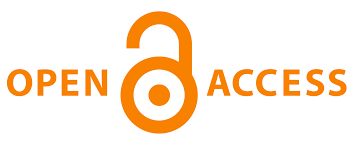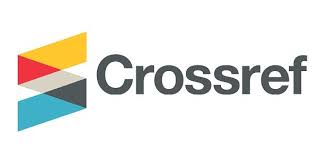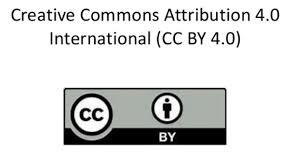Influencers, barriers to adoption, and technical efficiency of integrated pest management in brinjal production: evidence from Narsingdi district, Bangladesh
DOI:
https://doi.org/10.47440/JAFE.2025.6305Keywords:
Vegetable, Integrated Pest Management (IPM), Stochastic Frontier Analysis, IPM adoption, BangladeshAbstract
Integrated Pest Management (IPM) was introduced to reduce dependency on pesticides; however, farmers face significant challenges in its adoption. This study evaluated IPM practices among brinjal (eggplant) farmers in Bangladesh, identifying key influencers, adoption barriers, and the technical efficiency of brinjal production. Cross-sectional data were collected from 200 randomly selected IPM-practicing vegetable farmers in two sub-districts (upazilas) of the Narsingdi district through face-to-face interviews using a pre-tested questionnaire from May to June 2024. Data analysis employed descriptive statistic and a Cobb-Douglas type stochastic frontier production function to assess technical efficiency and identify sources of inefficiency. The results indicate widespread adoption of sex pheromone traps (98.5%) and yellow sticky traps (91.5%) among brinjal growers. Agricultural extension officers (rated as highly influential reported by 70.5% of respondents) and IPM schools (72.5%) were the most effective influencers of IPM adoption. Major barriers to adoption included the unavailability of IPM inputs (89.0%), lack of training (86.0%), easy access to chemical pesticides (86.0%), and perceived bias in the selection for training programs (82.0%). The mean technical efficiency of brinjal production was 90.6%, indicating potential for output growth. The production function results showed that yield responded positively to increases in family labor, hired labor, power tiller cost, urea, TSP, DAP, zinc sulphate, and irrigation cost. Notably, IPM cost had a significant negative coefficient, suggesting potential pests pressure occurred and overuse or misallocation of resources. The inefficiency model revealed that contact with extension services significantly reduced production inefficiency. While specific IPM practices are being adopted, significant structural and informational barriers hinder wider implementation. The findings underscore the need for improved access to IPM inputs, comprehensive and unbiased training programs, and strengthened extension services to optimize inputs use and enhance the economic viability of IPM for Bangladeshi vegetable farmers.






 Publisher:
Publisher: 